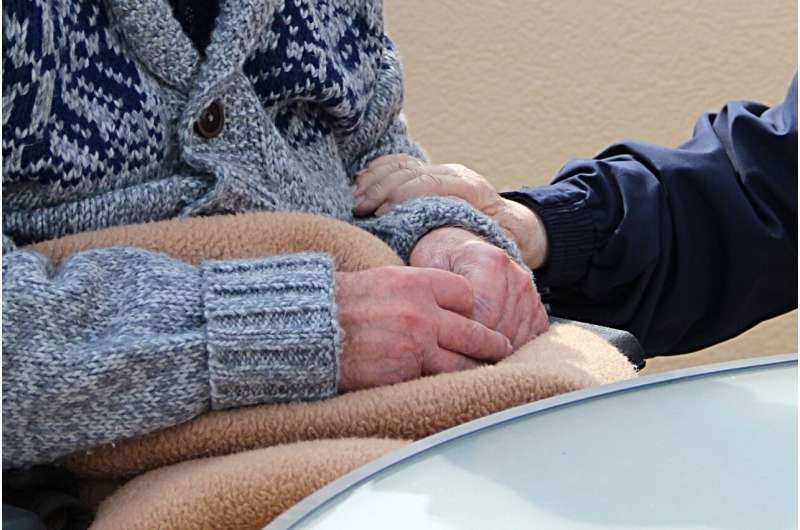
Nursing homes in disadvantaged communities are more likely to overmedicate residents with antipsychotics, especially homes that are understaffed, according to a study published in JAMA Network Open.
“The neighborhood in which a nursing home is located seems to influence how widely antipsychotics are used, even when they may not be indicated,” said Jasmine Travers, assistant professor at NYU Rory Meyers College of Nursing and the study’s senior author.
Antipsychotic medications are used to treat serious psychiatric disorders such as schizophrenia. These medications have long been given to nursing home residents with and without dementia who are agitated or have behavioral issues.—Sometimes staff rely on their sedating side effects for “chemical restraint” rather than redirecting residents in distress.
“We know that nursing homes with lower staffing levels use more antipsychotics. These medications may be compensating for understaffing by sedating residents instead of having adequate staff to support their needs,” said Travers.
Antipsychotic use in older adults can be dangerous, increasing their risk for falls, strokes, and even death. As a result, in recent years, there has been a significant push by the Centers for Medicare and Medicaid Services (CMS) to reduce the use of antipsychotics to manage behaviors such as aggression or wandering in nursing homes.
However, this may be more challenging in disadvantaged neighborhoods, where residents may be exposed to greater stressors, including higher crime rates, noise pollution, and less green space, all of which can harm their mental and physical health. For older adults, these stressors might translate to poor sleep or agitation, increasing the risk that an antipsychotic medication is used, even without an appropriate diagnosis.
To better understand the connection between nursing home staffing, neighborhood factors, and antipsychotic use, Travers and her colleagues looked at data from 10,666 nursing homes across the U.S., 1,867 of which were in severely disadvantaged neighborhoods. Neighborhood socioeconomics were measured using data on income, education, employment, and housing for small geographic units called census blocks.
The researchers also looked at what percentage of residents received an antipsychotic drug in the last week but didn’t have a qualifying diagnosis of schizophrenia, Tourette syndrome, or Huntington’s disease. (The study did not take into account residents who are falsely diagnosed with schizophrenia to get around the CMS reporting requirement, a troubling practice documented in a 2022 report by the U.S. Department of Health and Human Services.)
The researchers found that nursing homes that were understaffed—measured as having less than three hours of nurse staffing per resident each day—had greater antipsychotic medication use in severely disadvantaged neighborhoods (19.2%) compared to less disadvantaged neighborhoods (17.1%).
“This means that in a 100-bed nursing home that is understaffed, two additional residents would inappropriately receive an antipsychotic medication if the nursing home was in a disadvantaged neighborhood versus a more well-off area,” said Travers.
Notably, when nursing homes met or exceeded the federal government’s proposed staffing levels of at least three hours of nursing per resident per day, there was not a significant difference in antipsychotic use based on neighborhood, providing support for having minimum staffing levels.
The researchers call for a more focused effort on improving staffing in nursing homes in lower income areas, which could include additional funding—similar to funds provided to federally qualified health centers—or other tailored interventions to address gaps in staffing.
“Addressing staffing deficiencies, particularly in nursing homes in disadvantaged neighborhoods, will be critical for reducing the overuse of antipsychotics,” said Travers. “Understanding this vulnerability can help inform policy solutions to support, not penalize, nursing homes in disinvested communities.”
More information:
Staffing and Antipsychotic Medication Use in Nursing Homes and Neighborhood Deprivation, JAMA Network Open (2024). DOI: 10.1001/jamanetworkopen.2024.8322
Citation:
Understaffed nursing homes more likely to overuse antipsychotics as ‘chemical restraints,’ study finds (2024, April 24)
understaffed-nursing-homes-overuse-antipsychotics.html
.
. The content is provided for information purposes only.
